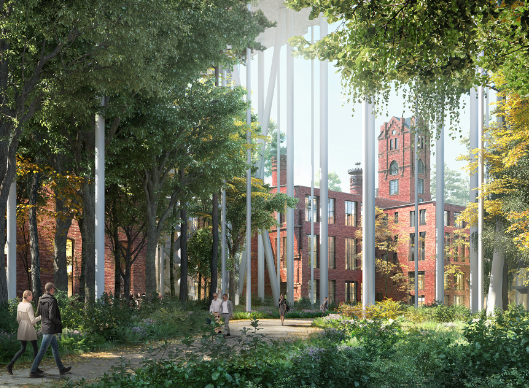Gunther Vogt: Transforming Landscapes with Vision
Gunther Vogt is a name synonymous with innovative landscape architecture, blending nature with contemporary design. His work not only enhances outdoor spaces but also fosters a deeper connection between people and the environment. In a world increasingly aware of sustainability, Vogt’s approach provides valuable insights into creating harmonious landscapes.
The Philosophy Behind Vogt’s Designs
Gunther Vogt’s design philosophy revolves around the idea of “nature as a model.” He believes that landscapes should reflect their natural surroundings, integrating local flora and fauna in a way that is both thoughtful and sustainable. This approach extends beyond aesthetics, promoting biodiversity and encouraging ecosystems to thrive. Vogt’s projects often include features that engage the public, creating spaces that invite interaction and appreciation of nature. By embracing this philosophy, he transforms mundane areas into vibrant ecosystems that benefit both people and wildlife.
Innovative Projects That Stand Out
Throughout his career, Vogt has been involved in several groundbreaking projects that showcase his unique approach. One of his most notable creations is the revitalization of the Quai de l’Isle in Geneva, where he transformed an urban waterfront into a lush, green public space. By incorporating natural elements and creating pathways that encourage walking and cycling, Vogt has effectively bridged the gap between urban living and nature. Similarly, his work on the landscape for the new Swiss National Museum highlights how carefully considered design can enhance cultural experiences while respecting the environment.
Sustainability in Landscape Architecture
Sustainability is at the heart of Gunther Vogt’s designs. He emphasizes the importance of site-specific solutions that take into account local climates, soil conditions, and existing ecosystems. This commitment to sustainability is evident in his use of native plants, water conservation techniques, and materials that minimize environmental impact. By adopting these practices, Vogt not only creates beautiful spaces but also educates stakeholders on the significance of sustainable landscaping. As cities grow and environmental challenges increase, his work serves as a blueprint for harmonizing urban development with ecological responsibility.
In conclusion, Gunther Vogt’s contributions to landscape architecture are both inspiring and essential in today’s world. His commitment to creating sustainable, engaging, and beautiful outdoor spaces encourages us to rethink our relationship with nature. To learn more about his projects and philosophy, or to explore how landscape architecture can transform your surroundings, consider diving deeper into the fascinating world of Gunther Vogt.

